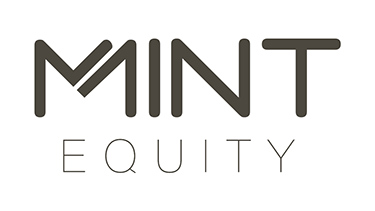The recent Bankwest Curtin Economics Centre study found that Australians are living beyond their means. In fact, we are holding three times as much average debt than 25 years ago.
Since 1990 the average mortgage debt, as a proportion of property value, has risen from 10% to 28%; from 6 months of annual income to 18 months. What this means is that instead of taking 6 months to pay off your household’s debt it would now take you 18 months – and that’s using all of your income with nothing left over to live on.
In June 2015, Australian household debt amounted to $1.6 Trillion; the total amount of Australia’s GDP!
Worse still is that the BCEC’s research has found that the debt-to-income ratios is highest amongst the households approaching retirement. Older Australians are now carrying hefty debt into retirement where pensions are paling in comparison to usual working wages. A frightening position to be in!
How did we get here?
Many Aussies have over extended out of necessity and desperation. High unemployment and low wage growth has taken its toll on household wealth and debt.
Prior to the GFC the unemployment rate was 4% (lowest level in thirty years) however since then it’s been on the rise, reaching over 6%.
Adding to the situation, in the year to February 2015, wages grew by just 2.5% (lowest since 1997). Mixed together this means that more and more Australian households are relying on debt just to make ends meet.
Being put under pressure by stagnated wages, increasing unemployment and uncertainty of houses prices, some families are left with just two choices – fold under the weight of the current debt, or take on more to maintain a decent standard of living. So, it starts to explain how we ended up where we are today.
Gavin Hegney, Director of Hegney Property Group finds that Australians appear to be comfortable investing in property.
“People see property as being very safe and secure and also gives the benefit of living in it as well. Other markets can be very volatile – they’re in your face every day, they’re up one day, down the next day – and the more volatile they can be, the more it scares people. They just like the safety of bricks and mortar”.
The trend of increasing debt follows on from the introduction of mortgage packages in the 80s and 90s; they allowed homeowners to draw down on their mortgages as needed without having to sell their house but for those that don’t use the feature with care the consequences can be frightening and open up more risk the economic shock.
The key is balance. Australian’s have, overall, decreased their debt since 2008 and increased their savings although, debt rates remain uncomfortable high and our savings disciplines are fading. We may have just become a bit too comfortable with debt which is concerning in case of a continued economic downturn, redundancy or retirement.
“It is really important to encourage a diversified portfolio of savings across other asset and savings classes, and that fact we are not seeing that should signal some cause for concern.”
Don’t sink too far into debt, live within your means and reduce or eliminate debt as soon as possible. The last thing you want to be doing during retirement is still servicing debts.





